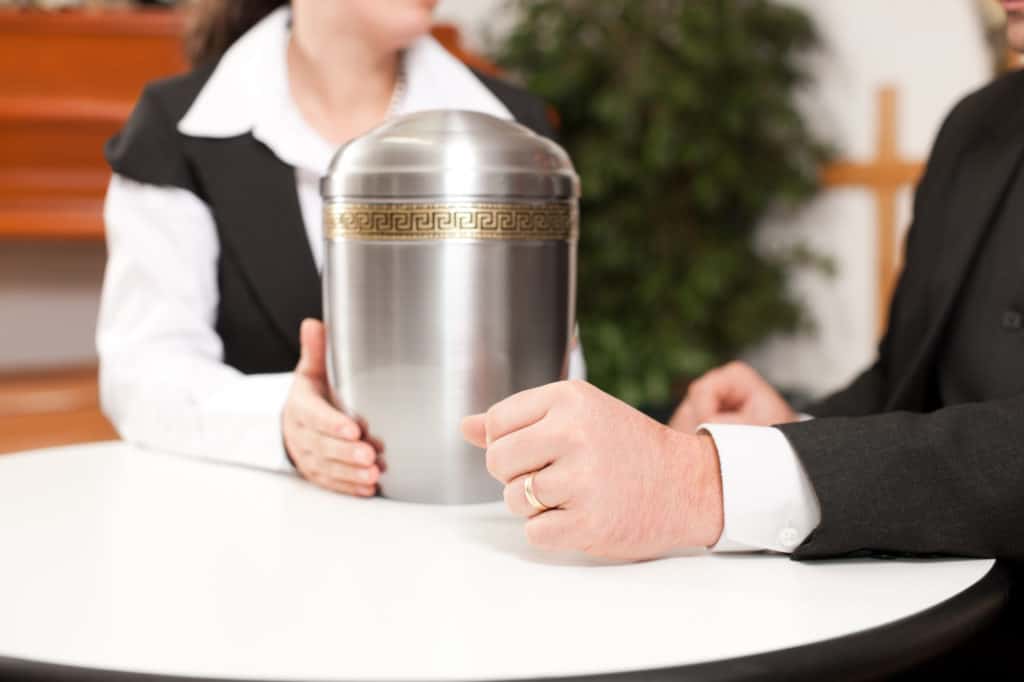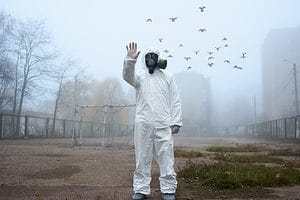Are you interested in alternative methods for what happens to your body after you’ve passed away?
There are plenty of disposition methods for you to choose from. Some are traditional and important to various cultures and religions, while others are more modern and growing in popularity as people adapt their preferences to the ever-changing needs of the world.
More and more people are opting for disposition methods that are kinder to the earth. One such method is aquamation.
But what is aquamation? Is it something that you should consider for your own end-of-life plans? Why does it matter?
We want to explain this green cremation option to you so you can make an informed decision when you’re making your plans. Keep reading to learn all about aquamation and why you might want to choose it for yourself.
What Is Green Cremation?
Let’s talk about green cremation first. Aquamation is a form of green cremation. Green cremation is an alternative to the traditional cremation that you’re already acquainted with.
In a traditional cremation, the body of the deceased is placed in a crematorium. It’s burned and the remains are later given to the family. Traditional cremation often results in many harmful emissions being released into the atmosphere.
Traditional cremations also use a lot of energy to heat the crematoriums, further increasing their carbon footprint.
Green cremation, on the other hand, attempts to keep the carbon footprint as small as possible by using fewer resources and releasing fewer chemicals into the environment.
Flame-based green cremation attempts to lower the release of dangerous chemicals by removing all inorganic objects from the body before the cremation itself. Those who use green cremation also don’t wrap the body in plastic, as is customary with many traditional crematoriums. Instead, the body is wrapped in cloth.
Water-based green cremation is otherwise known as aquamation, and fewer people are aware of this option.
What Is Aquamation?
As we mentioned, aquamation is a form of green cremation, though it isn’t a “cremation” in the traditional sense. While we think of all cremation as involving fire and burning, aquamation is different.
Aquamation is otherwise known as water cremation or alkaline hydrolysis. It takes advantage of how the body can naturally decompose underwater.
This process is one of the most natural decomposition methods available for the average person to use (second to body donation to “body farms”). This makes them appealing to many people who aren’t happy with the idea of their bodies being preserved.
Aquamation uses a solution of 95% water and 5% alkali solution to break the body down to its basic parts. These are amino acids, peptides, sugars, and salts.
In essence, the results of standard cremation and water cremation are the same, but the process is natural.
A great non-environment related feature of water cremation is the safety factor. Without flames, cremation is safe for the person completing the process (unlike with standard cremation).
What Makes It Eco-Friendly?
All forms of green cremation are more eco-friendly than traditional disposition methods.
Standard burials have several problems. The first is the sheer amount of space that they take up. There are billions of people in the world (and billions more that have passed), and there isn’t enough space to keep burying everyone.
Some places are opting for stacked or multi-level burials, but this isn’t enough. Eventually, we will run out of room.
There’s also the problem of the environment. With a traditional burial, you’re releasing inorganic compounds into the earth. Caskets don’t break down, the deceased wear clothing and have any inorganic parts still in place (such as metal fillings or implants), and the body itself is embalmed with chemicals.
We already talked about the environmental impacts of traditional cremation as well.
As we mentioned, water burials use natural methods to decompose the body. There are no unnatural chemicals involved, so the body breaks down and doesn’t release anything harmful.
There’s no fire involved, so no smoke is released into the atmosphere. These water cremations also don’t use enough water to cause harm to the environment. The process uses 300 gallons of water, which is equivalent to three days of the average person’s consumption.
What Happens After?
Many people worry about water cremation because they want the remains of their loved one at close reach, or to spread in their favorite place. Does water cremation allow for that if the body is decomposed without the use of fire?
Only bones remain after the water cremation process, and these bones can be reduced into a material that’s similar to that of a standard flame cremation. The difference is that there will be no charred debris and no large bone fragments.
In other words, you may not recognize the difference.
You can receive the remains and place them into urns, necklaces, or a treasured vessel for spreading later on. You can even bury them if you still want a burial plot. Nothing on your end of the cremation has to change.
Is Aquamation Right for You?
If you’re planning out your funeral, you need to know all of your potential disposition options. This isn’t morbid; it’s practical. If you’re someone who values the environment and wants to keep their carbon footprint low even after death, water cremation might be the best possible option.
Discuss it with your family. While some families may be uneasy with this less traditional method, when you explain the process (they’re sure to ask “what is aquamation anyway?) and the benefits they’re sure to understand. Aquamation is the way of the future.
Are you interested in learning more about aquamation? We’re here to help. Contact Green Cremation Texas to learn more or start planning your funeral today.






